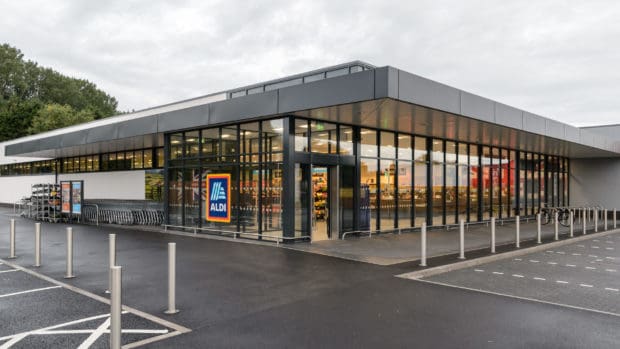Cart abandonment last year sat at 80 per cent (in Q2 2022); clearly, there is a huge proportion of consumers simply not completing their desired purchase. Clearly, there is a breakdown in the customer journey and at its heart lies an intersection of trust in a brand and the buying process, and the overall customer experience. BNPL solutions, SSL and UX are all key to converting the 80 per cent. This is according to Irina Bordea, Head of Marketing at Deko.
If a customer has made the decision to pay, that final step should be seamless. There are clearly barriers that hamper the consumer experience and lead to cart abandonment. This could be around practical issues such as a requirement to set up an online account, through to more considered issues such as perceptions of a brand, and the buying process itself.
“When making large purchases, customers need to feel confident about where they spend their money”, says Irina. “Brands build trust with consumers over time which is central to the relationship they have with a merchant. However, as part of that customer journey online merchants need to demonstrate they understand the needs and financial constraints their customers may face. This in turn can give consumers the confidence to commit to purchasing decisions.”
“User experience is vital when avoiding cart abandonment. When shoppers access websites, they should experience a fluid user journey. This is especially true for the checkout stage. Every aspect should be seamless, from the speed at which they can navigate the checkout to choosing a payment option. This will improve comfortability and stabilise trust.”
Companies spend thousands in upfront costs building well-presented websites, but looks won’t matter if the experience is poor. Using UX testing websites to get feedback from genuine shoppers can allow stores to identify issues and implement changes. These include improved outlines of checkout processes to ensure checkout stages offer an excellent and trustworthy customer experience.
Irina continued: “Trust is central to any buying process. Consumers need to know they are buying safely and free from fraud. Showing Secure Socket Layer (SSL) certificates is one of the best ways to ease worries and communicate to customers that your website is secure. Online stores can also build trust by being transparent with orders, providing order review summaries which include a full breakdown of what they’ve ordered, how much it costs, and other associated costs.”
“As consumers go through a buying journey online it is advantageous for merchants to be able to address any queries they may have. Customers often get to the checkout stage with questions. Having phone numbers, emails, social media, live chats, and contact pages on websites makes it easy for shoppers to contact you, making them feel more comfortable about clicking the ‘buy’ button at checkout. Chatbots are another form of helpful customer service that can improve trust. While they might not offer immersive answers only humans can provide, they provide an extra layer of help,” added Irina.
“Customers also expect businesses to provide a range of alternative payment methods, such as buy now pay later. This is especially true for high-priced items like TVs, computers, sofas, and jewellery. Letting consumers spread the cost over several payments builds confidence and trust, empowering them to financially commit to purchases. Teaming up with a finance provider unlocks buying power for shoppers, increasing average order sizes while bringing in more revenue.”
Irina concluded: “Trust is one of the key reasons why people use and return to specific online stores. And by building customer trust, online stores can sell more items and enjoy repeat business as shoppers come to see them as trustworthy places to buy products.”








Share